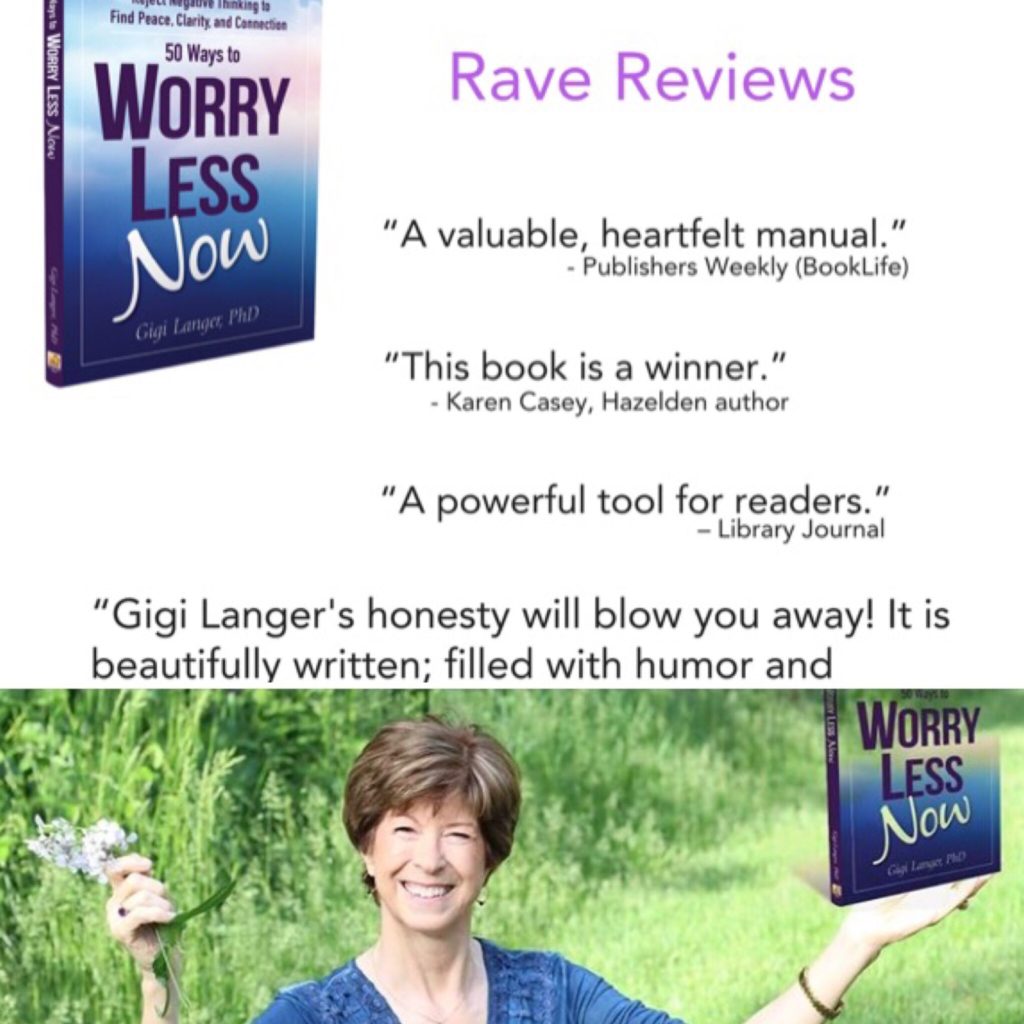
How do we explain a child’s death, the horror of abuse, or raging wars? Why can’t God stop them? Are we merely a victim of a punishing world? I think not.
As the saying goes, “We see through the glass darkly.” Our human intellect just can’t fully understand the “why” of things; in fact, some believe that “Why?” is not a very spiritual question. [Read my blog about that here]
Nothing happens in God’s world by mistake
Let’s entertain an intriguing possibility: What if we came to earth to experience specific events perfectly tailored for our spiritual growth? If we choose to learn from these challenges, we grow from victim-hood to courage, from fear to love, from isolation to connection, and from self-condemnation to self-love.
In short, we discover the strength of our divine nature.
You’re NOT a Victim! Everything is in perfect order
There’s a perfect order to the eventsin our lives that often isn’t clear until time reveals its elegant solutions.What initially seemed to be my worst disasters yielded some of my greatest blessings; but these gifts appeared in their own time.
- Alcoholism brought me spiritual healing, loving friends, and a happy marriage. Without my old victim mentality, I can now give love and care to others.
- Many years of shoulder and back pain taught me that my security does not lie in my body’s comfort. I learned to trust my higher power and accept comfort from others.
- My husband’s resumption of drinking (after 25 years sober) caused me to find Radical Forgiveness, which released my victim mentality, helped me forgive my alcoholic father, and healed our marriage.
When life’s challenges scare you, remember it’s a chance to heal old beliefs that no longer serve you.
Even though you can’t change the external circumstances, you CAN face the situation, own your reactions, and choose to see it not as a victim, but as a being of peace, wisdom, and power.
At the end of each hardship, you’ll find an exhilarating sense of freedom!

Gigi Langer, PhD. Many years ago, I used alcohol, romance, and overwork to soothe my frayed nerves. Over time, I discovered effective tools from therapy, recovery programs, scientific research, energy work, and a variety of philosophical and spiritual teachings to overcome my worries. I share those techniques in my blog and book to help you find peace of mind and wisdom, no matter what is bothering you.

My award-winning book, 50 Ways to Worry Less Now, describes how I and others have defeated the faulty thinking leading to dysfunctional relationships, perfectionism, addiction, and worry about loved ones. Honest, practical, and powerful. Amazon: 4.8 stars (55 reviews) (Buy Paperback, e-book, OR audiobook HERE



 I have a tendency to overthink things. You might too.
I have a tendency to overthink things. You might too. Gigi Langer, a person in recovery, holds a Ph.D. in Psychological Studies in Education and an MA in Psychology from Stanford University. Through her writing, coaching, and speaking, Gigi has helped thousands of people improve their lives at home and at work. She lives in Michigan with her husband and Murphy, her cat.
Gigi Langer, a person in recovery, holds a Ph.D. in Psychological Studies in Education and an MA in Psychology from Stanford University. Through her writing, coaching, and speaking, Gigi has helped thousands of people improve their lives at home and at work. She lives in Michigan with her husband and Murphy, her cat. Get Gigi’s new book, “
Get Gigi’s new book, “